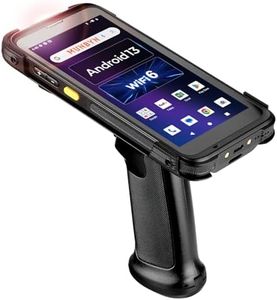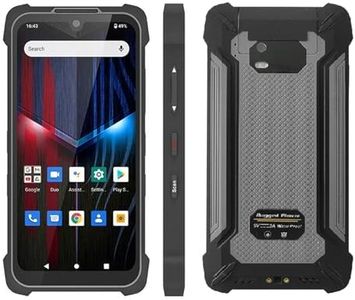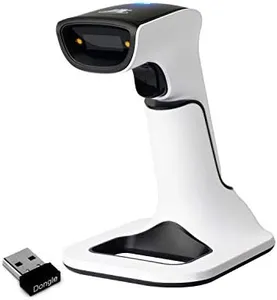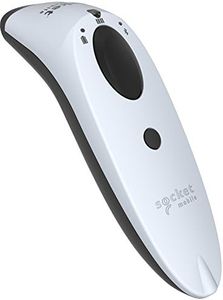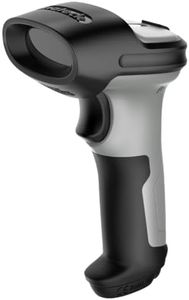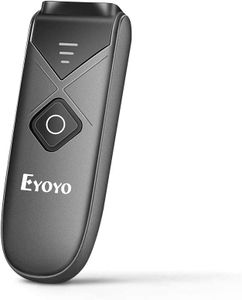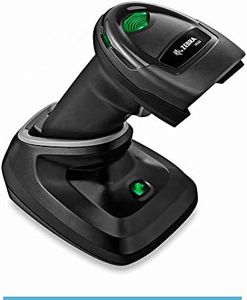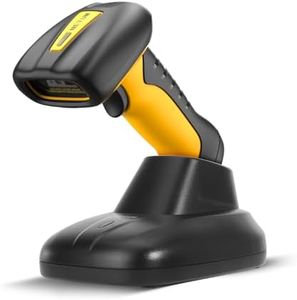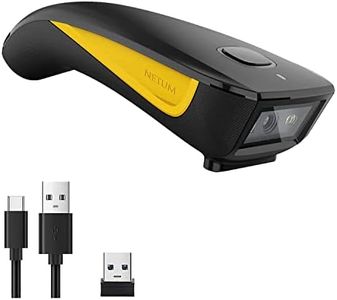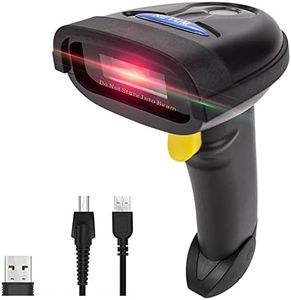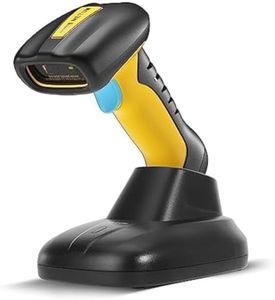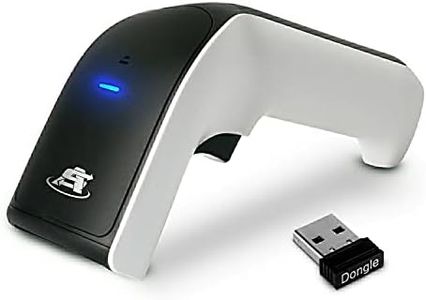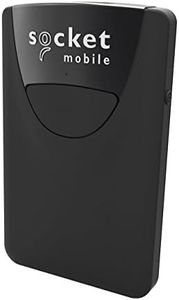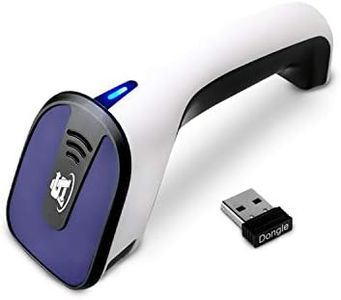We Use CookiesWe use cookies to enhance the security, performance,
functionality and for analytical and promotional activities. By continuing to browse this site you
are agreeing to our privacy policy
10 Best Barcode Scanners
From leading brands and best sellers available on the web.By clicking on a link to a third party's website, log data is shared with that third party.
Buying Guide for the Best Barcode Scanners
Barcode scanners are essential tools for businesses or individuals needing to quickly and accurately capture product or inventory information. Choosing the right scanner means thinking about where and how it will be used, what types of barcodes you need to scan, how frequently you'll use it, and whether you need additional functionality like wireless use. By understanding the key specs, you can find a scanner that makes your work easier, faster, and hassle-free.Scan Engine TypeThe scan engine determines what kinds of barcodes a scanner can read. There are two main types: laser and imager. Laser scanners work well with traditional printed barcodes (1D barcodes), while imagers can read both 1D and 2D barcodes and can often read barcodes from screens, like on a smartphone. If you only need basic, printed barcodes, a laser scanner may be enough. If you plan to scan QR codes, PDF417, or barcodes on screens, you’ll want an imager. Think about what kinds of barcodes you'll most often encounter and choose accordingly.
ConnectivityThis spec refers to how the scanner connects to your computer or other devices. Common options are wired (USB, PS/2) and wireless (Bluetooth or Wi-Fi). Wired models are more reliable for fixed stations, while wireless scanners give you freedom to move around, helpful for inventory management or retail floor work. For occasional scanning at a desk, a wired scanner is usually fine, but if you need flexibility and movement, pick a wireless model.
Scanning RangeScanning range is about how far from the barcode you can hold the scanner and still get a good read. Short-range scanners are meant for barcodes that are within arm's reach, like at a checkout counter. Long-range scanners can read barcodes several feet away and are good for warehouses or high shelves. To choose the right one, think about your environment: for close-range tasks, standard models suffice, but for scanning distant items, look at long-range specifications.
Durability/Drop RatingThis refers to how tough and resistant to damage the scanner is, often described in terms of drop resistance (for example, able to survive a certain number of drops from a specific height). Some are built for rugged conditions and can withstand frequent drops, dust, or moisture, while others are intended for gentle use in retail or offices. If your scanner will be used in harsh environments or by many people, prioritize one with higher durability ratings.
Supported Barcode TypesBarcode scanners vary in the types of barcodes they can read. Some support only one-dimensional (1D) barcodes, while others can handle two-dimensional (2D) codes like QR codes. Consider what barcodes you encounter daily—if you need to scan shipping labels, product tags, or digital tickets, ensure the scanner recognizes those formats. It's best to review the types you may encounter before deciding.
Operating System CompatibilityScanners need to work smoothly with your computers, tablets, or payment terminals. Some only work with certain systems like Windows, Mac, Android, or iOS. Double-check compatibility with your existing technology to avoid software hurdles. Most general-purpose scanners cover the basics, but specialty systems may need more research.
User Feedback and IndicatorsScanners communicate scans through beeps, vibration, or lights. Feedback helps users know if a scan is successful. In noisy or busy places, a vibration or visible indicator might be more useful than sound alone. If the scanner will be used in a loud, fast-paced setting, make sure it offers clear feedback that works in your environment.
